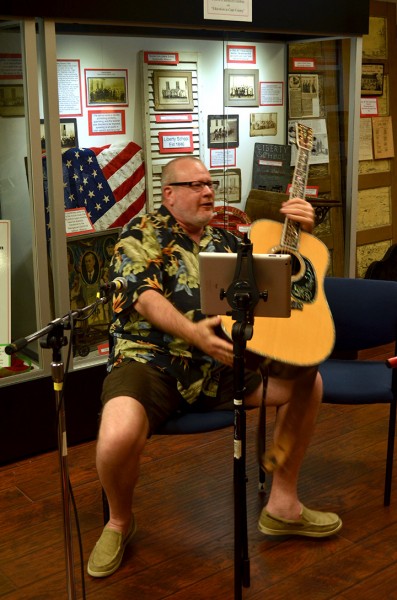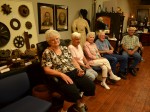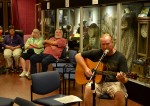 There are some things I know about this photo, and a lot of stuff I don’t know.
There are some things I know about this photo, and a lot of stuff I don’t know.
What I think I know
- It was taken in the Steinhoff family basement.
- That’s our Zenith television. You can see the antenna rotor control on the top left of the set.
- We’re probably watching KFVS because the picture looks reasonably sharp.
- I’m pretty sure that’s Albert Underwood on the left, Bill Hopkins on the floor and Linda Folsom on the right.
- It’s probably 1963 or 1964.
What I don’t know
- Who the girl on the left is. I sort of want to say Margaret Randol, based on the hairstyle, but that’s a wild guess.
- Why they are watching TV at my house. Underwood was a year or more ahead of me and was on the school’s photo staff, but we didn’t run around together. Hopkins was the ineffective (or corrupt) campaign manager who handled / mishandled my unsuccessful student body presidential run. Linda Folsom and I dated briefly (her choice). It’s a strange combination of people to be engrossed in a TV show.
- What they are watching so intently. It doesn’t appear to be a news program.











